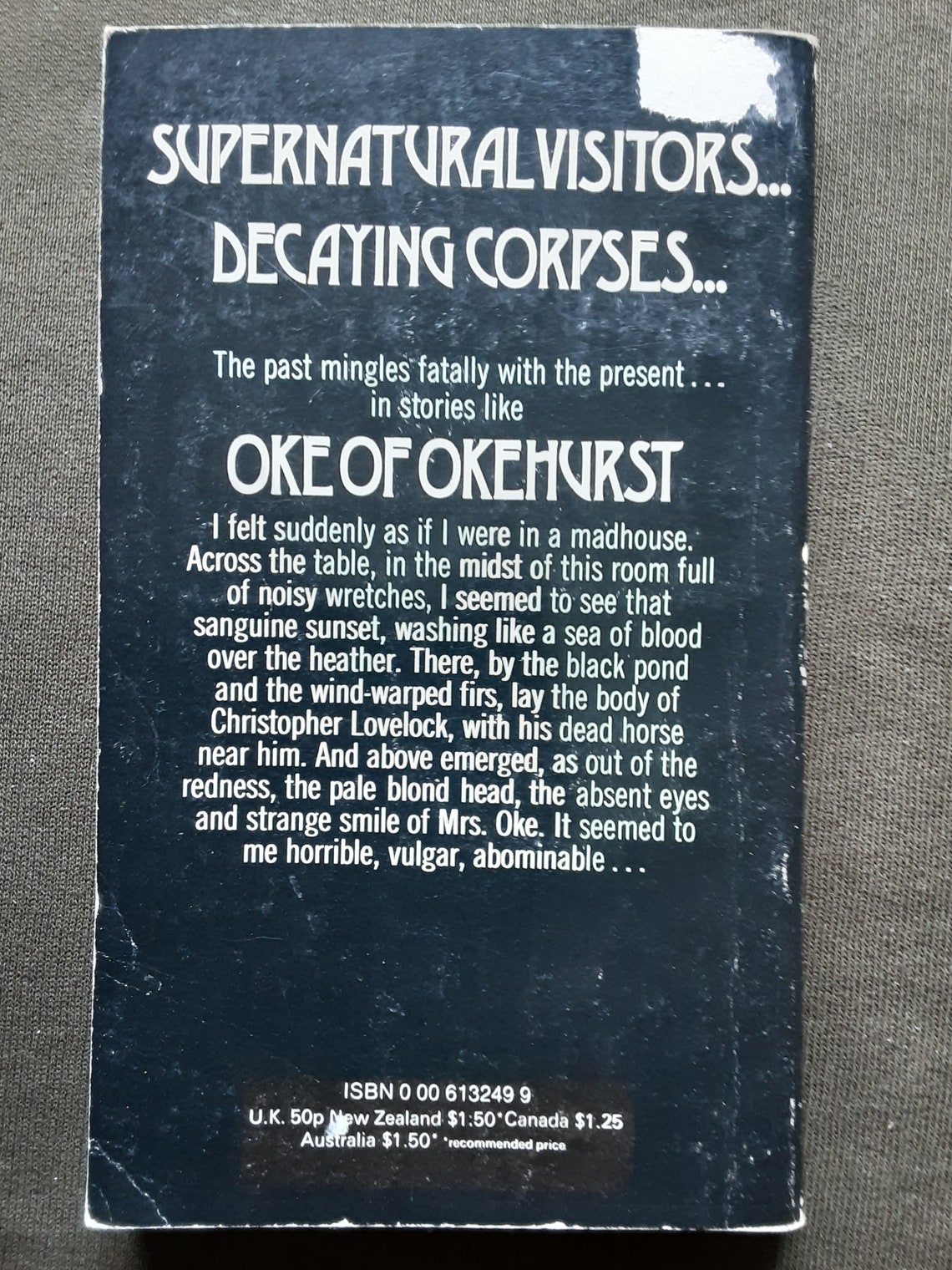
Ancient Pompeii, which is the scene in the second story, echoes the ancient Rome constantly evoked in Shelley's "Reanimated Roman," but what a contrast between the two ancient characters that have come back to life in the nineteenth century! While the one laments the lost glory of Rome, the other fully embraces the gift of a second existence. Two beautiful women passionate about life come back from the realm of the dead to live an ultimate love story. In the same form of the short tale, but from a different point of view, which entails different narrative techniques, Théophile Gautier also treats the theme of reanimation in La Morte amoureuse (1836) and Arria Marcella (1852). Time and space-including the space afforded in the literary annuals Shelley was often writing for-are simultaneously material constraints and literary themes that will be considered in relation with the notion of the fragment, which, in Shelley's work, characterizes the human condition. These are written as a first person narrative embedded in a frame narrative, a chronicle based on information considered as factual, and a diary−testimony they all share, however, the characteristic of the fragment.

Each tale uses a different narrative structure, as if Shelley was experimenting on the appropriate form for such a subject. In this paper I shall examine the different narrative techniques that Shelley uses to treat this subject in three of her tales, namely: "Valerius: The Reanimated Roman" (1819, first published posthumously in 1976), "Roger Dodsworth: The Reanimated Englishman" (1826, first published posthumously in 1863), and "The Mortal Immortal" (1833). This genre, restricted in terms of length, seems at first at odds with the subject of relating, not only one life, but two-let alone the limitless time of an immortal hero.

His daughter, Mary Shelley, also treated the theme of immortality and the closely related subject of reanimation, but chose to do so in the form of the short story or tale. 1)Īmong the first writers to explore in a literary form the consequences of uncommonly prolonged life as a real possibility was William Godwin with his philosophical novel St Leon (1799).

But towards the end of the eighteenth century and the beginning of the nineteenth, as a result of the rapid development in the fields of medicine and science, revival from death and even physical immortality-until then belonging to the realms of magic, myth and the imagination -suddenly appeared plausible. Reanimation, as a fantastic subject, can be found in myth and literature of all times.


 0 kommentar(er)
0 kommentar(er)
